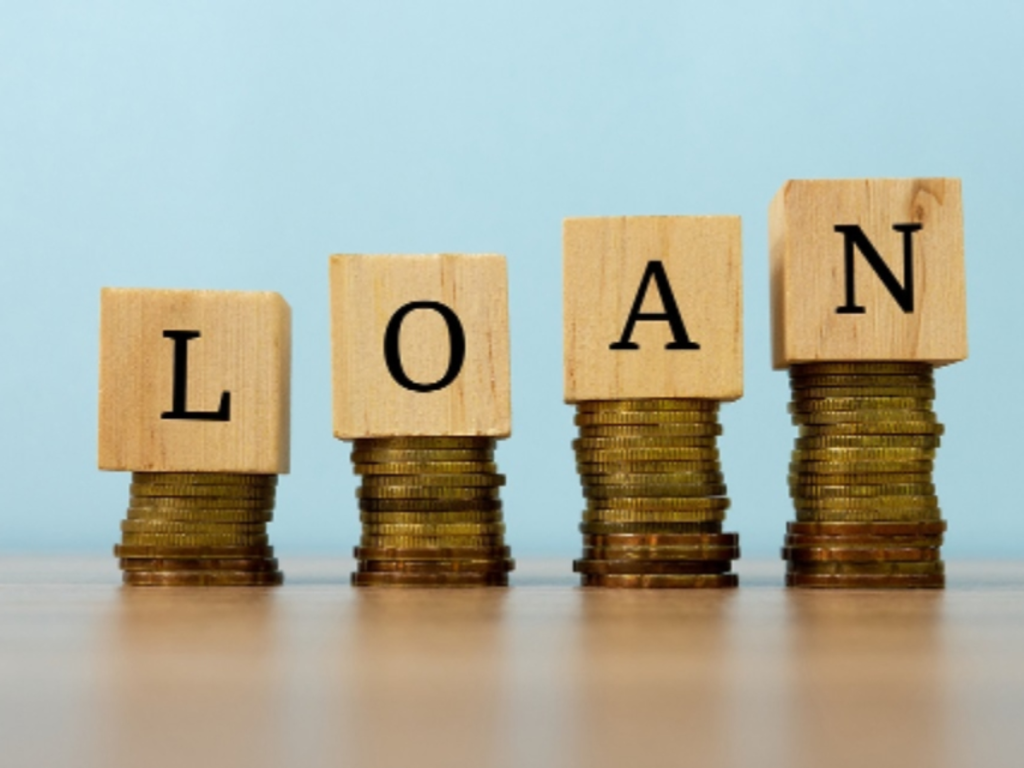Introduction
Borrowing money involves understanding the differences between secured and unsecured loans. These two types of loans offer distinct features, and the choice depends on your financial situation, credit history, and the purpose of borrowing. This article explores the advantages and disadvantages of both secured and unsecured loans to help you decide which is right for you.
What Are Secured Loans?
Secured loans require borrowers to provide collateral as security. Collateral can be any valuable asset, like a car, house, or savings account, that the lender can claim if the borrower fails to repay the loan. These loans are typically used for significant purchases or investments, such as buying a home or car, or consolidating debt.
Advantages of Secured Loans
- Lower Interest Rates: Secured loans often come with lower interest rates since the collateral reduces the lender’s risk.
- Higher Borrowing Limits: The presence of collateral enables lenders to offer higher borrowing limits, making them ideal for large expenses like home renovations or medical bills.
- Longer Repayment Terms: Borrowers benefit from extended repayment periods, allowing manageable monthly payments.
- Easier Approval for Poor Credit: For borrowers with limited credit history, secured loans are often easier to obtain due to the reduced risk for lenders.
Disadvantages of Secured Loans
- Risk of Losing Collateral: If you default, the lender can seize your asset, which could be financially devastating.
- Additional Costs: Secured loans may include fees such as appraisal, origination, or closing costs, increasing the total borrowing cost.
- Loan Amount Limited by Collateral Value: The amount you can borrow depends on the market value of your collateral.
- Long-Term Commitment: Secured loans often involve long-term financial obligations, which may become burdensome if your circumstances change.
What Are Unsecured Loans?
Unsecured loans do not require collateral. Approval is based on your creditworthiness, income, and ability to repay. Common examples include personal loans, credit cards, and student loans.
Advantages of Unsecured Loans
- No Risk to Assets: Since no collateral is required, there’s no risk of losing your valuable property if you default.
- Faster Approval Process: With no need for collateral evaluation, unsecured loans often have a quicker approval process, ideal for emergencies.
- Flexible Usage: These loans can be used for a variety of purposes, such as debt consolidation, medical expenses, or travel.
- No Asset Appraisal Needed: Borrowers save time and effort as they don’t need to undergo asset evaluations.
Disadvantages of Unsecured Loans
- Higher Interest Rates: Lenders charge higher interest rates to compensate for the increased risk of no collateral.
- Lower Borrowing Limits: Without collateral, loan amounts are generally smaller, which may not meet your needs for significant expenses.
- Strict Approval Requirements: A strong credit history and stable income are essential, making it difficult for some borrowers to qualify.
- High Fees and Penalties: Unsecured loans, like payday loans, often come with higher fees, which can be costly if you miss payments.
Key Factors to Consider When Choosing a Loan
When deciding between secured and unsecured loans, consider these factors:
- Loan Purpose: Secured loans are best for large, long-term investments like homes or cars. Unsecured loans are more suited for smaller, short-term needs, such as emergencies or consolidating debt.
- Risk Tolerance: If you’re uncomfortable risking valuable assets, unsecured loans may be a better choice. However, if you need a lower interest rate and can manage the risk, secured loans might be ideal.
- Creditworthiness: Excellent credit may allow you to secure favorable terms for unsecured loans, while borrowers with poor credit may find secured loans more accessible.
- Loan Amount and Duration: Secured loans offer higher borrowing limits and extended repayment terms, whereas unsecured loans typically provide smaller amounts with shorter durations.
- Interest Rates: Secured loans usually have lower interest rates, while unsecured loans often come with higher rates that can increase borrowing costs.
Situations Favoring Secured Loans
Secured loans are preferable in the following cases:
- Home or Car Purchases: Mortgages and auto loans are ideal examples, offering lower interest rates and higher loan amounts.
- Debt Consolidation: Secured loans can help consolidate high-interest debt at a lower rate, saving money over time.
- Building Credit History: On-time payments on secured loans can boost your credit score, improving future borrowing opportunities.
Situations Favoring Unsecured Loans
Unsecured loans are more suitable for:
- Emergency Expenses: They provide quick access to funds for urgent situations, such as medical bills or repairs.
- Short-Term Needs: For smaller financial goals like vacations or weddings, unsecured loans offer flexibility and convenience.
- No Collateral Available: If you don’t own valuable assets, unsecured loans are the best option.
Final Thoughts
Both secured and unsecured loans come with unique benefits and drawbacks. Secured loans offer lower interest rates, higher borrowing limits, and extended repayment periods but carry the risk of losing collateral. On the other hand, unsecured loans provide flexibility, faster access to funds, and no risk to assets but often have higher interest rates and stricter requirements.
Assess your financial needs, risk tolerance, and repayment ability before deciding. Understanding the advantages and disadvantages of each loan type will help you choose an option that aligns with your goals and circumstances.

